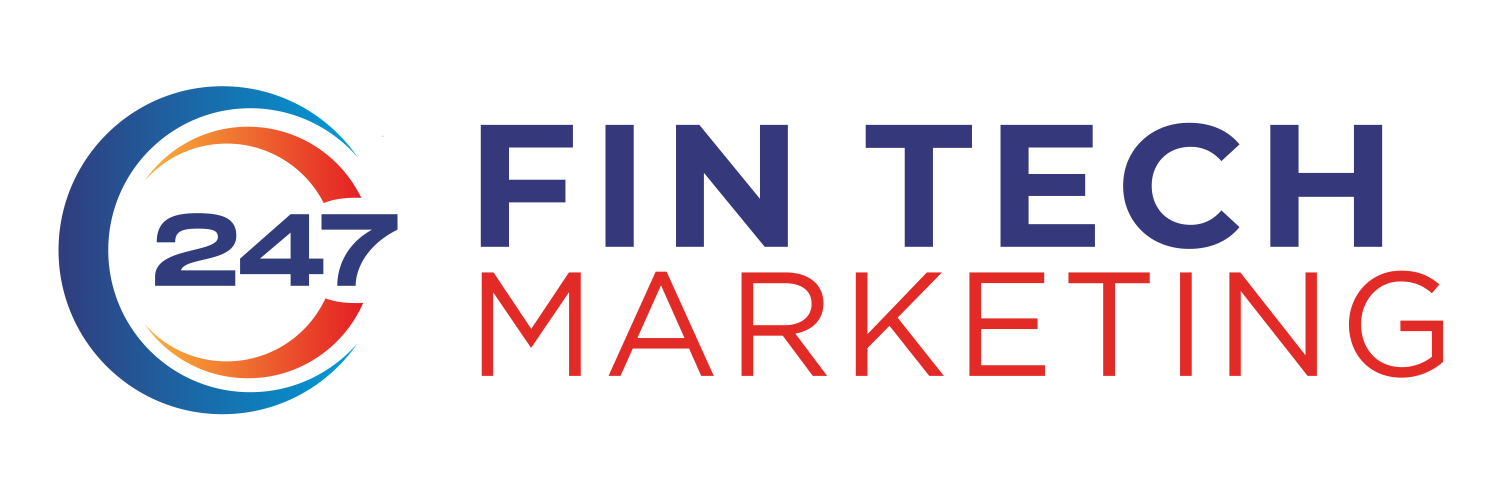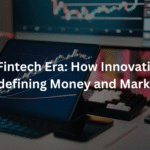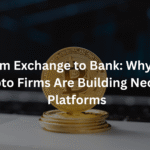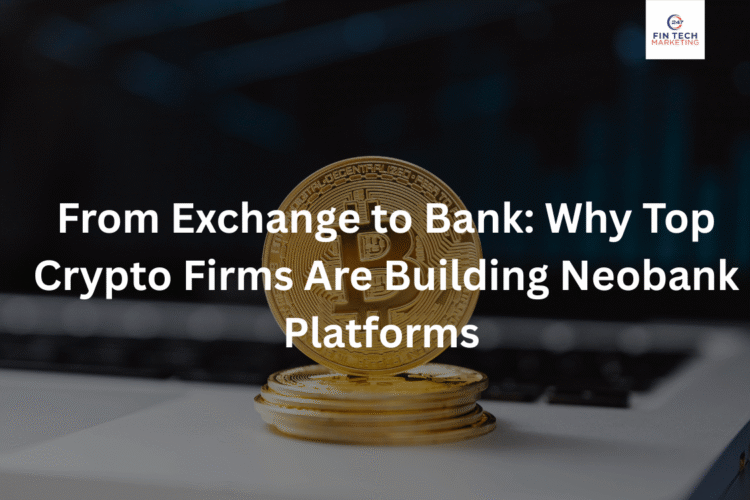
B2B fintech is no longer a niche it’s a force shaping how global financial systems, SaaS platforms, and enterprise workflows operate. From embedded payments and regtech to cross-border compliance and risk intelligence, fintech has evolved fast. But while the products have matured, the marketing strategies behind them are still catching up.
B2B fintech marketing is entering a new phase one defined by tighter regulation, smarter buyers, intense competition, and rising acquisition costs. This post explores where things stand today, the trends reshaping the future, and how forward-thinking marketers can prepare to lead in the next 3–5 years.
Fintech Lead Generation is at the core of this evolution, requiring new strategies that balance trust, compliance, and innovation.
Where We Are Now: The State of B2B Marketing in Fintech
The fundamentals of B2B fintech marketing are solid but increasingly strained. Most companies today rely on:
- A technically sound website optimized for performance, security, and SEO
- Trust-building through E-E-A-T (Experience, Expertise, Authoritativeness, Trust)
- Core digital channels: paid search, paid social, email marketing, and content (on-site and off-site)
- Strict adherence to compliance and regulatory messaging across jurisdictions
Guides like the one from MRS Digital underscore how crucial it is to establish credibility from the first touch whether that’s through third-party certifications, secure messaging, or transparent case studies.
But even the most well-oiled campaigns face tough headwinds:
- High competition and rising CPCs, especially for finance-related keywords
- Niche, hard-to-reach audiences, often spanning multiple decision-makers (compliance, product, security, finance)
- Regulatory complexity, which slows down content approval and limits messaging
- Long sales cycles, which make measurement and attribution harder than ever
To thrive, B2B fintech marketers need more than optimization they need transformation.
What’s Changing: The New Era of B2B Fintech Marketing
Several forces are reshaping how fintech companies connect with buyers. Here are the most critical shifts underway:
1. AI and Marketing Automation Are Becoming Strategic
AI isn’t just about content generation it’s becoming foundational across the funnel. Fintech marketers are using AI to:
- Personalize messaging at scale based on behavioral data
- Score and segment leads using predictive analytics
- Automate repetitive tasks and optimize campaign timing
- Run chatbots that intelligently answer compliance-related queries
Companies like Klarna have already saved millions annually by integrating GenAI into their creative workflows. Others are experimenting with AI-driven copy, dynamic product recommendations, and even AI-powered simulations for risk and ROI modeling.
Fintech Marketing Strategy is rapidly evolving to incorporate these AI advancements, helping brands stay competitive and data driven.
But with great power comes risk. In fintech, accuracy, compliance, and explainability are non-negotiable. Every AI tool must be vetted through a compliance lens.
2. ABM 2.0: Precision Over Volume
Traditional account-based marketing (ABM) has matured. Now, it’s less about one-off personalization and more about multi-threaded orchestration across email, paid, content, sales, and product.
Fintech marketers are using:
- Intent data to identify target accounts earlier in the buying cycle
- Custom microsites and content experiences tailored to buyer personas
- Sales + product data to refine messaging and better align with pain points
The result? Fewer leads, but higher quality and better conversion. In a market where one enterprise deal can be worth six or seven figures, that tradeoff is worth it.
3. Privacy-First, First-Party Data World
With GDPR, CCPA, and other regulations tightening globally, fintech marketers are being forced to rethink their data strategies. Cookies are fading. Third-party data is riskier. The focus now is:
- Capturing first-party data through gated content, trials, webinars, and events
- Using consented tracking to build intent and engagement profiles
- Exploring data clean rooms and secure integrations for advertising and analytics
In B2B fintech where data misuse can tank a deal or trigger audits, building trust around how data is used isn’t optional. It’s foundational.
4. Composable Martech: Build for Flexibility
Legacy mar tech stacks often struggle to keep up with fintech’s pace of innovation. That’s why many are moving toward composable architectures API-first, modular systems that allow for rapid integration and experimentation.
Instead of being locked into one platform, marketers are choosing:
- Headless CMS tools for scalable content delivery
- Real-time analytics and event tracking
- CRM and automation tools that support complex buyer journeys
This flexibility is especially useful for fintech’s that operate in multiple regions, with different compliance needs and buyer expectations.
5. Content is No Longer Just Content It’s the Product Companion
As product differentiation shrinks, content becomes the differentiator. In B2B fintech, content must be educated, de-risk, and build trust. That means moving beyond blog posts into:
- Interactive tools: compliance checklists, savings calculators, simulation models
- Webinars and podcasts: deep dives on regulatory changes, market risks, technical trends
- Use-case driven storytelling: stories that connect product features with real-world financial or operational outcomes
Thought leadership matters but only when it’s deeply useful, not just opinionated.
6. Trust is the Real Conversion Lever
In fintech, a great UX or clever ad won’t close the deal. Trust will.
That means putting your security certifications, audit reports, and compliance posture front and center not buried in the footer.
Transparency around data, API usage, customer onboarding, and incident response builds credibility. Bonus: it gives sales teams air cover in long, compliance-heavy sales processes.
7. Communities, Ecosystems & Events Go Hybrid
More fintech companies are investing in communities, developer ecosystems, and hybrid events to create lasting engagement. These include:
- Invite-only roundtables for CFOs, risk officers, compliance leaders
- Slack or Discord-based product/user communities
- Developer hubs with open APIs and SDKs
- Peer-led events with co-marketing and partner firms
These touchpoints don’t just drive leads they shorten sales cycles by fostering trust and knowledge-sharing among peers.
What Winning Looks Like: Best Practices for the Next 3–5 Years
To stay competitive, here’s what successful B2B fintech marketers will do:
- Build trust from the first click: Lead with transparency, certifications, compliance readiness.
- Invest in modular mar tech stacks: Support fast integration, content updates, and campaign orchestration.
- Orchestrate, don’t silo: Align paid, email, content, product, and sales across the entire buyer journey.
- Run minimum viable campaigns: Pilot ideas fast, learn quickly, scale what works.
- Tighten alignment with sales and products: Share data, text messaging together, close the feedback loop.
- Measure deeper: Track not just clicks and leads, but engagement, pipeline acceleration, trust indicators, and stakeholder influence.
Hypothetical Example: A Fintech ABM Turnaround
Imagine “Ledger Secure,” a B2B regtech firm selling to banks.
Before:
- Generic product-led ads with weak CTA
- Slow lead follow-up
- Compliance not mentioned until late-stage sales
After:
- Messaging led with certifications, audit support, GDPR compliance
- Created interactive risk-assessment tools for prospects
- Used ABM to run tailored campaigns for heads of compliance, CTOs, and data officers
- Hosted monthly virtual roundtables for compliance leaders across EMEA
Result? Shorter sales cycles, higher engagement, and more qualified inbound interest.
Challenges to Watch
Not everything is rosy. Fintech marketers must navigate:
- Overdependence on platforms (Google, LinkedIn) that change policies often
- Complex compliance review cycles that slow content production
- Data privacy backlash if consent and transparency aren’t baked in
- Organizational silos between product, compliance, and marketing
- Technical debt that makes it hard to integrate or update tools
Success depends on building for change, not control.
Final Thoughts: Get Future-Ready
Fintech moves fast, but trust, clarity, and alignment always win. As we head toward 2028, the best B2B fintech marketers won’t just generate leads they’ll earn belief.
Fintech Content Marketing will play a critical role in building trust and educating buyers throughout complex decision-making journeys.
Your next steps:
- Audit your marketing for clarity, trust, and transparency
- Start one pilot project using a future-forward tactic (e.g., AI personalization, ABM, interactive content)
- Aligning with your product, sales, and compliance teams now not later
- Build systems that can adapt, not just perform
The future is composable, privacy-safe, trust-first, and data-smart. Ready to lead it?
Author
Mitesh Patel
Mitesh Patel is the co-founder of 247 FinTech Marketing, LawFirm Marketing and a columnist. He helps companies like Emerson and other top Fortune 500 compnies to grow their revenue.






